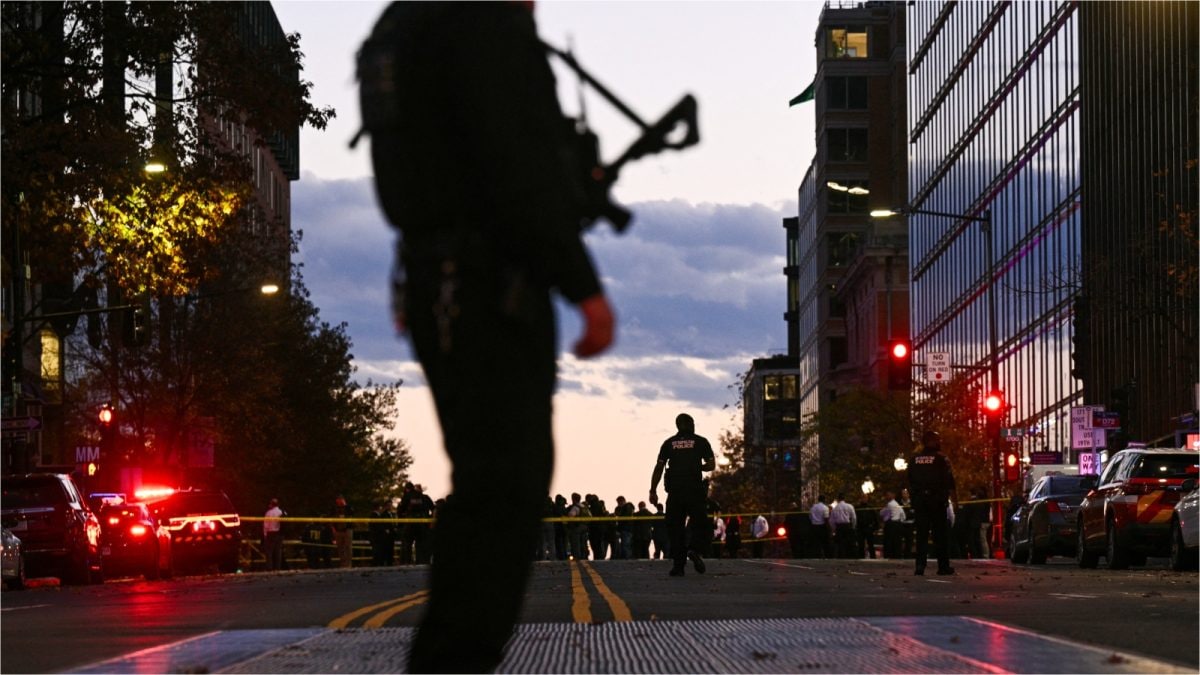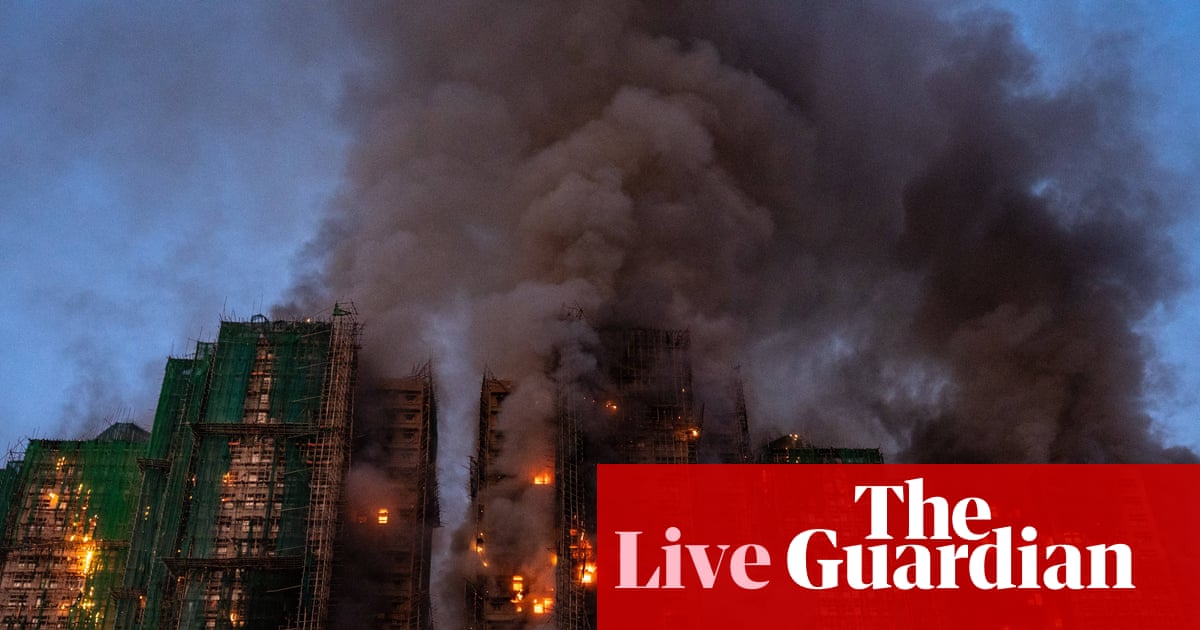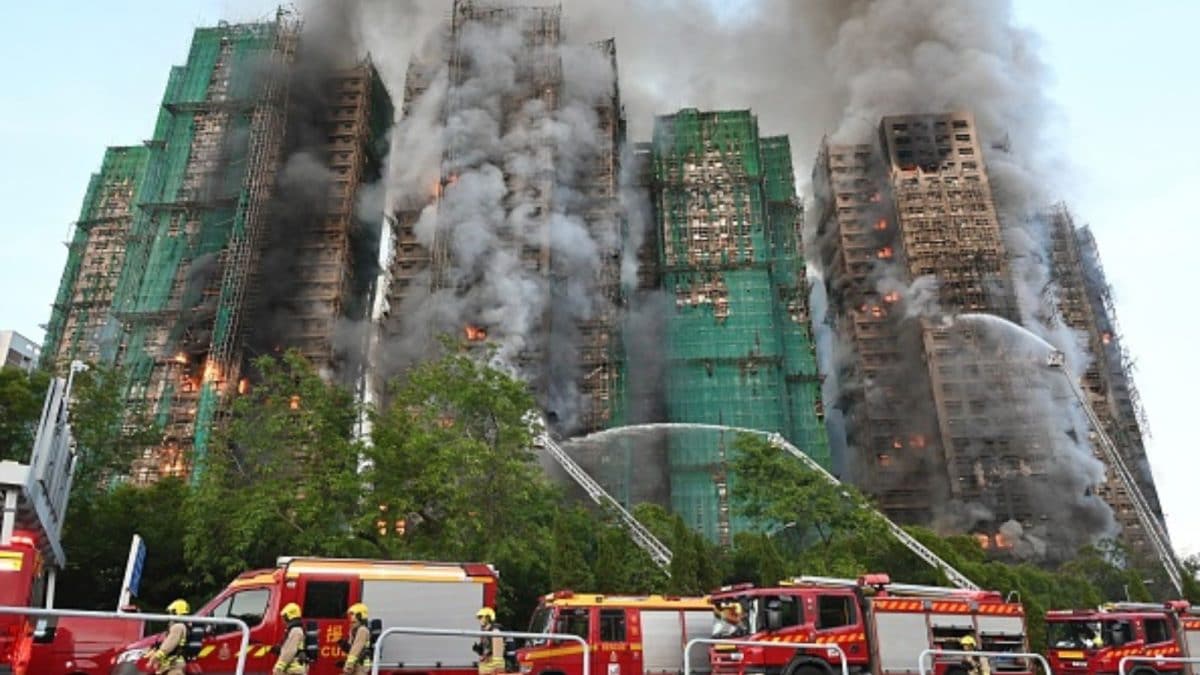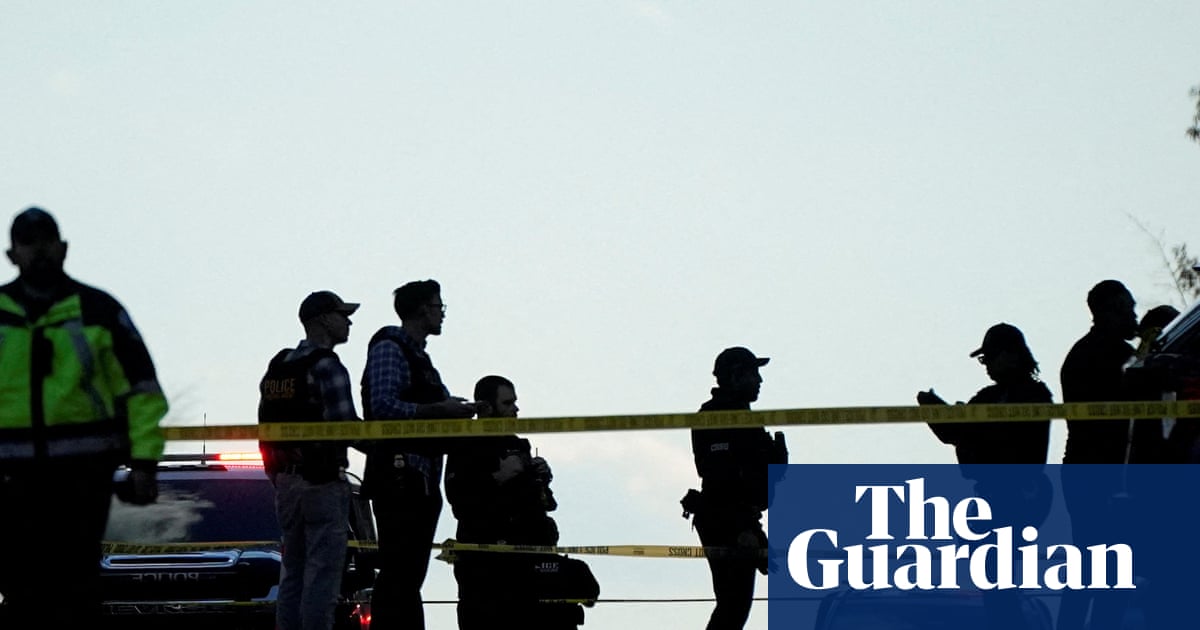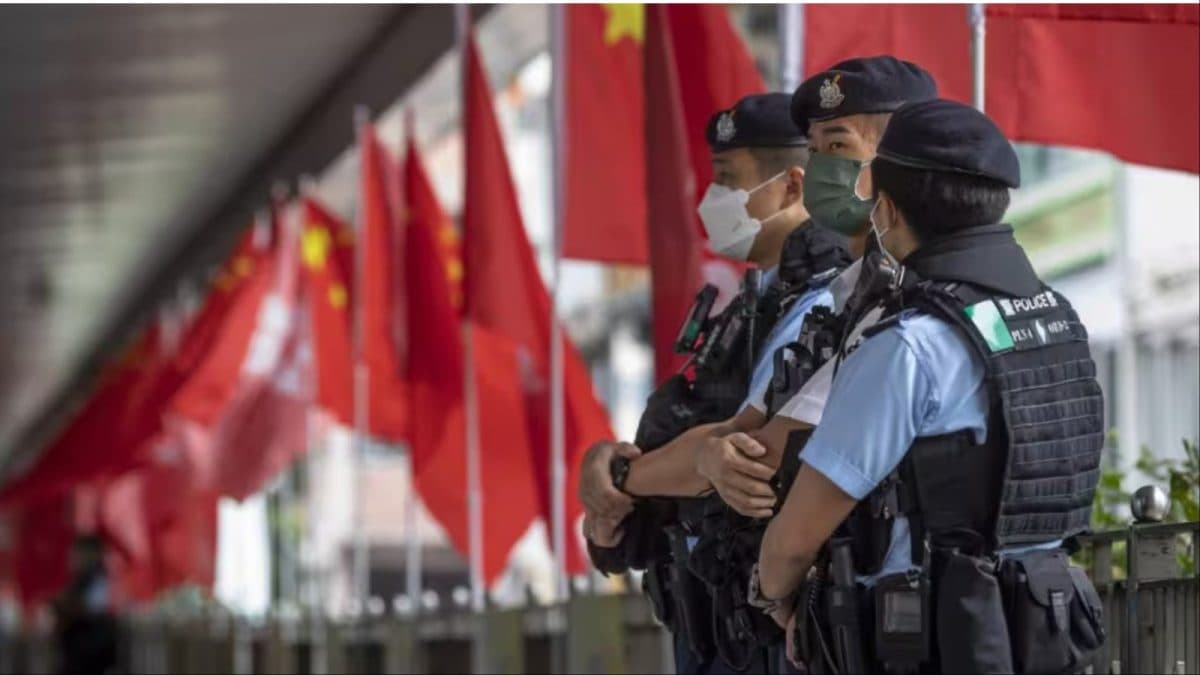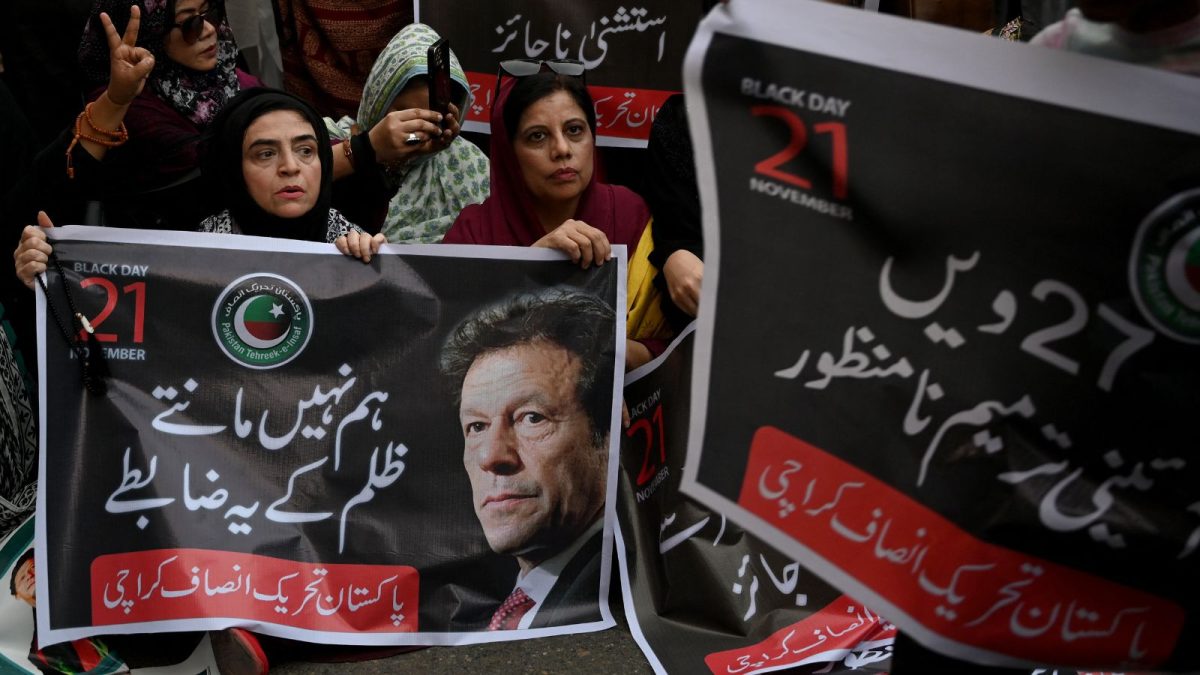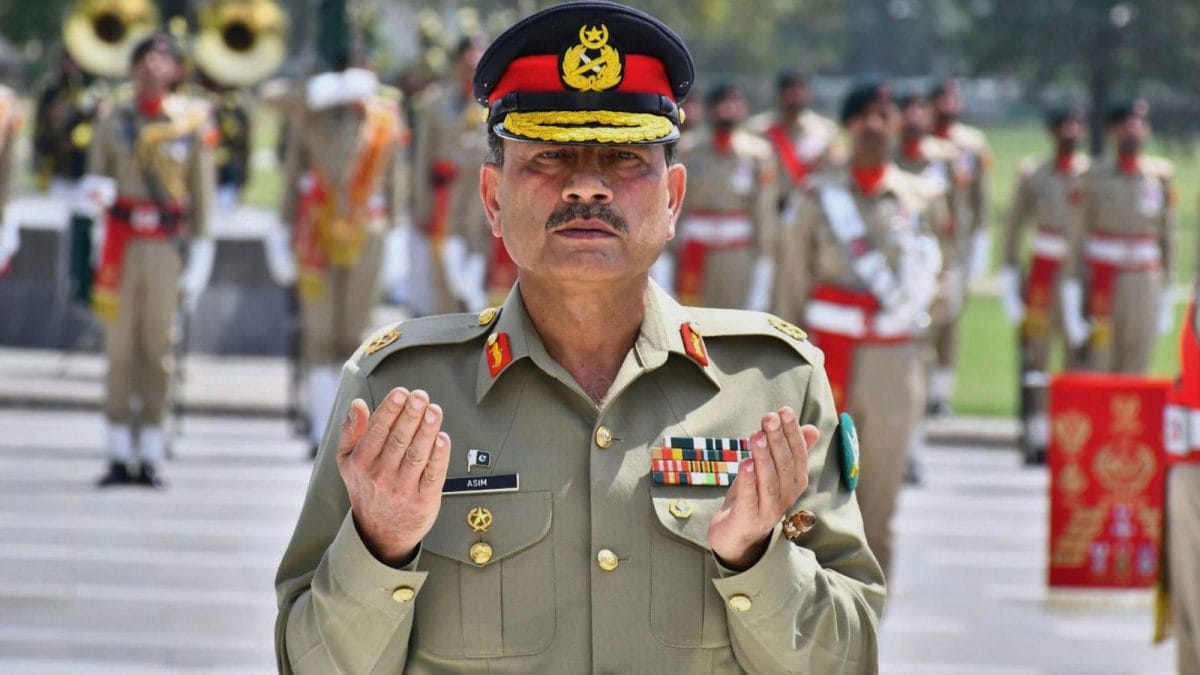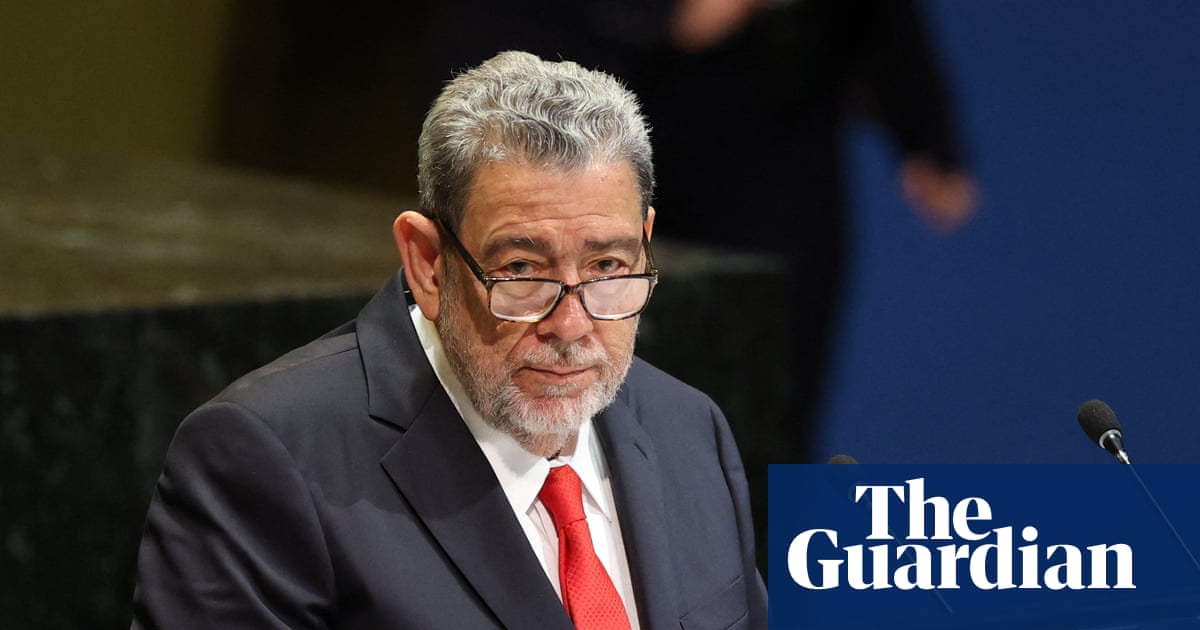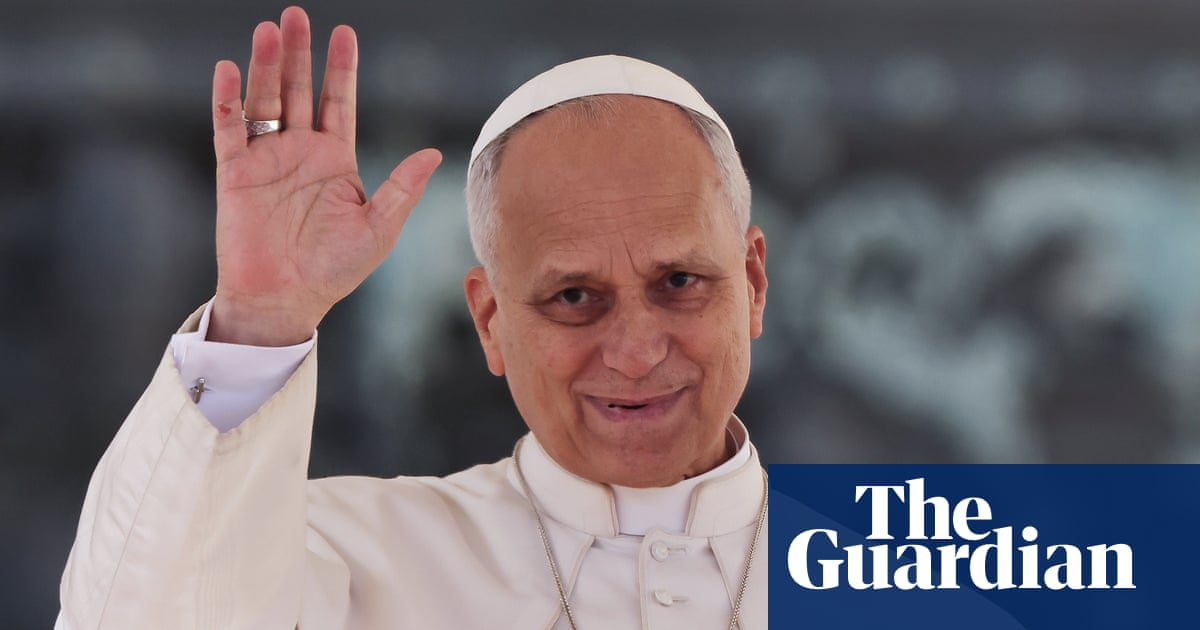Will the crackdown on the Tehreek-e-Labbaik spark off a new wave of violence?

Police officers clash with supporters of Tehreek-e-Labbaik Pakistan (TLP) during a solidarity march for Gaza in Lahore
Over the past few days Pakistan has cracked down on the Tehreek-e-Labbaik Pakistan (TLP), a far-right Islamist group that was leading protest marches across Punjab province. The Pakistan military drove armoured personnel carriers through TLP protesters crowds as they marched towards Islamabad, shooting and killing dozens of people. Labbaik chief Saad Hussain Rizvi was shot and wounded while leading streets protests on October 14, his fate is uncertain. Internet blackouts have been imposed in Lahore, Islamabad and Rawalpindi. The violence unfolded even as Pakistani Prime Minister Shehbaz Sharif obsequiously fawned over President Donald Trump in Sharm-el-Sheikh as the Gaza peace plan was being initialled.
It is the closest Pakistan has come to China’s crackdown on student protesters at the Tiananmen Square in 1989. The crackdown on the TLP marks what present military chief and de-facto ruler Field Marshal Asim Munir has called Pakistan’s transition to ‘a hard state’. Munir used an iron fist on the TLP where his predecessor General Bajwa used a velvet glove of diplomacy. Could the crackdown on the TLP become a Lal Masjid-like incident spreading across Pakistan?
In July 2007, Pakistani military dictator General Pervez Musharraf sent the military in to end a six-month standoff at Islamabad’s red mosque. Pakistani forces stormed the mosque complex killing around 100 militants including two radical cleric leaders who had turned the mosque into a militant hub enforcing Sharia laws, attacking music shops and kidnapping Chinese workers.
Unofficial estimates point to the deaths of over 1,000 civilians in the military action. The incident triggered off a raging insurgency in North-Western Pakistan and led to the creation of the deadly Tehreek-e-Taliban Pakistan (TTP), the single biggest internal security threat to the state. A small localised standoff triggered off Pakistan’s bloodiest insurgency phase in which over 70,000 people have been killed so far.
Pakistan has been here before. Every external adventure launched by its military dictators has resulted in internal chaos. Field Marshal Ayub Khan launched the 1965 war with India, and triggered domestic economic chaos which led to his exit. His protege General Yahya Khan launched a war with India in 1971 and lost half his country, East Pakistan. General Zia teamed up with the Western-led war in Afghanistan which seeded guns, drugs and radical Islam into his country. And finally, General Musharraf who overthrew the civilian government after his Kargil War adventure, put his country on the path to further ruin with the Lal Masjid attack.
In 2025, Field Marshal Munir has reaped the whirlwind for baiting India with the massacre of 26 Indian tourists in Pahalgam on May 20—the shattering of 11 Pakistani airbases, radar sites, the loss of several military jets and the deaths of nearly 100 Pakistani soldiers. Munir’s position is far more precarious than of previous dictators. Pakistan’s fragile economy is in the ICU, hooked on the ventilator-like support of a $7 billion IMF loan. Munir has to contend with not just a hostile India along its eastern borders, but an angry Afghan Taliban which has killed and captured dozens of Pakistani soldiers along the 2,600 km long Durand Line.
There are raging insurgencies in Khyber Pakhtunkhawa, a Bihar-sized Pakistani province along the Afghan border and in Baluchistan, a Pakistani province the size of Rajasthan. The Pakistan Army is the world’s seventh largest, but it cannot simultaneously deploy along all fronts.
Worse, the crackdown on the TLP unfolds in Pakistan’s powerhouse province, Punjab. It is the core of the Pakistani state, its economic heart, political nerve centre and agricultural breadbasket. Punjab accounts for over 53 per cent of its population, generates over 55 per cent of its national GDP and over 70 per cent of tax revenue and agricultural income.
While the fringes of Pakistan have burned in insurgent violence, the core, Punjab province has been shielded thus far. But as recent events show, the province now houses increasingly radicalised far-right groups like the TLP that have quickly become political forces. The TLP, for instance, is Pakistan’s fourth largest political party and secured over 2.9 million votes in the 2024 elections.
In 2025, the TLP has seized on the plight of Palestinians in Gaza to pressurise the Pakistani state. As part of his bid to outmanoeuvre India, Field Marshal Munir has courted the US with deals for minerals and resources. Pakistan has also endorsed Trump’s 20-point Gaza Peace Plan which was signed in Egypt on October 14.
It is still not clear what Pakistan will need to do in return— become the fourth Muslim majority country to establish diplomatic ties with Israel under the Trump supervised Abraham Accords or worse, deploy soldiers to supervise the Gaza peace plan. Both courses look impossible for the Pakistan Army as it handles a fast growing extremist fringe. It will clearly not be the first time an external problem has caused internal chaos inside Pakistan.
- Ends
Published By:
Devika Bhattacharya
Published On:
Oct 15, 2025
Tune In

 1 month ago
1 month ago

